BRANDING
Branding – is the image that you portray to your customers about your company, your service(s), and/or your product(s).
Branding is arguably the most important component of any successful business. It helps paint a picture of who you are and lets your customers know whether or not you are professional and credible. Branding, if represented professionally, also helps you stand out from your competition and helps your customers remember you.
However, branding that sticks is not as easy as it sounds. Most small businesses struggle with branding because it’s often subjective biased and it requires a little art (creativity) and science (a/b testing) in order to get it right. By investing the time and energy to make sure that your branding is professional, you will give your business and products a significantly higher chance to succeed and scale as your sales grow.
GRAPHICS
Your company’s logo is the first and most important component of your company’s brand. Your logo should be professional, simple, clean, and easy to read. It also needs to incorporate colors that are easy on the eyes as these colors will be used in all of your marketing and advertising channels. Nothing is worse than having a logo that is too hard to read because of an overly creative font or because the colors in the logo are too straining on the eyes (talk about a headache!).
Does your logo pass all of these above tests? If not, don’t worry….most companies end up changing their logo as time moves on and as they increase their branding efforts.
To help illustrate this point, let’s take a look at a few before & after logos from companies that we all know:
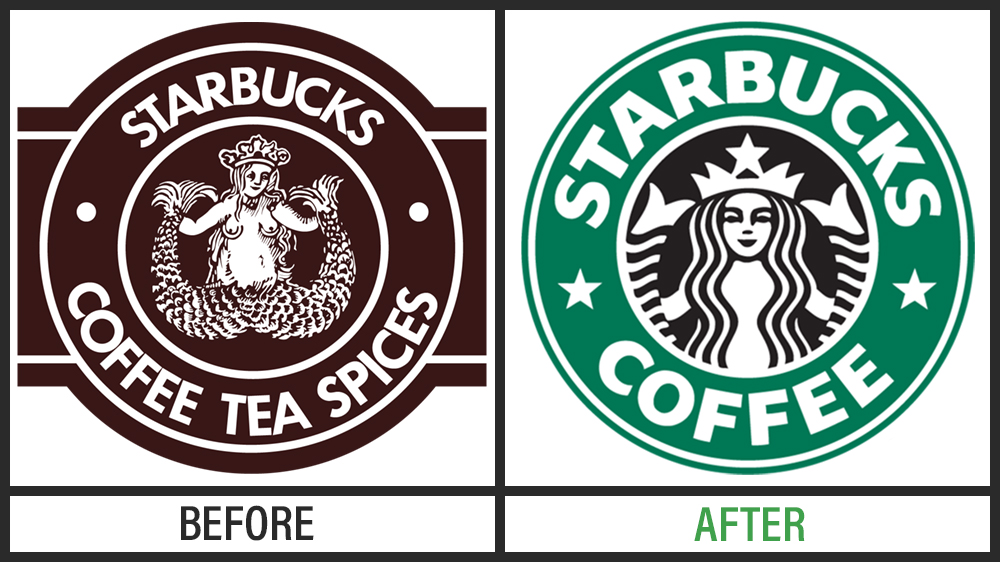

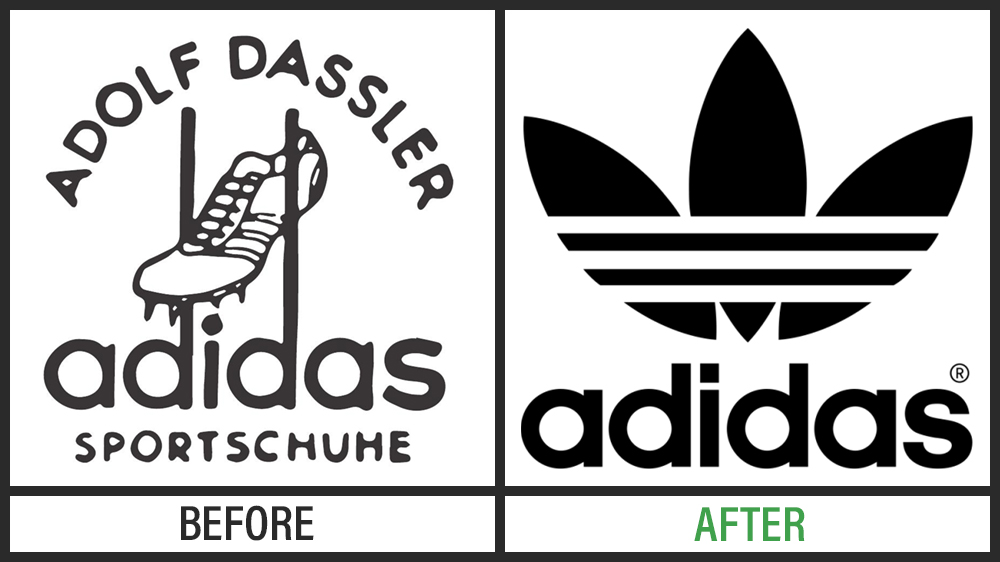
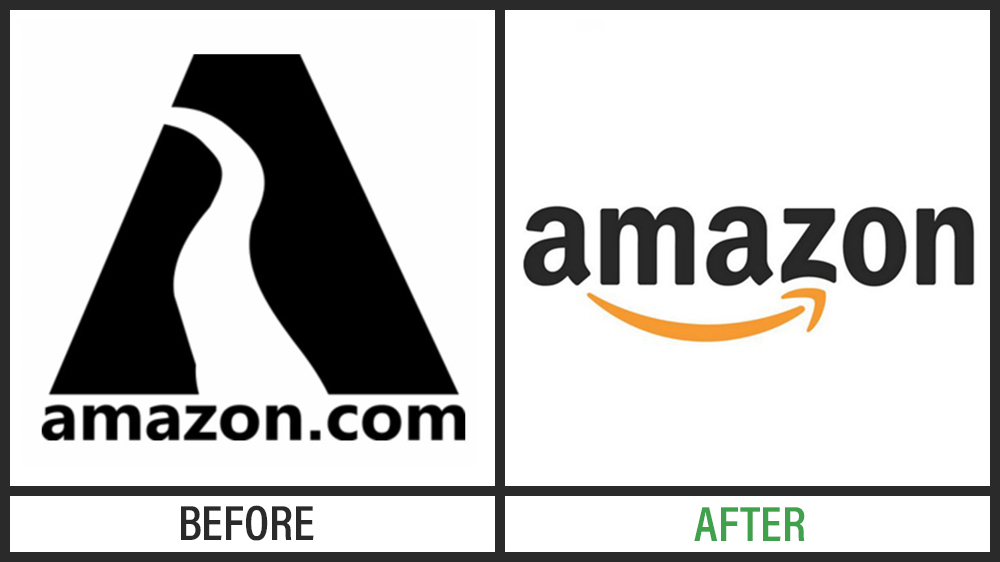
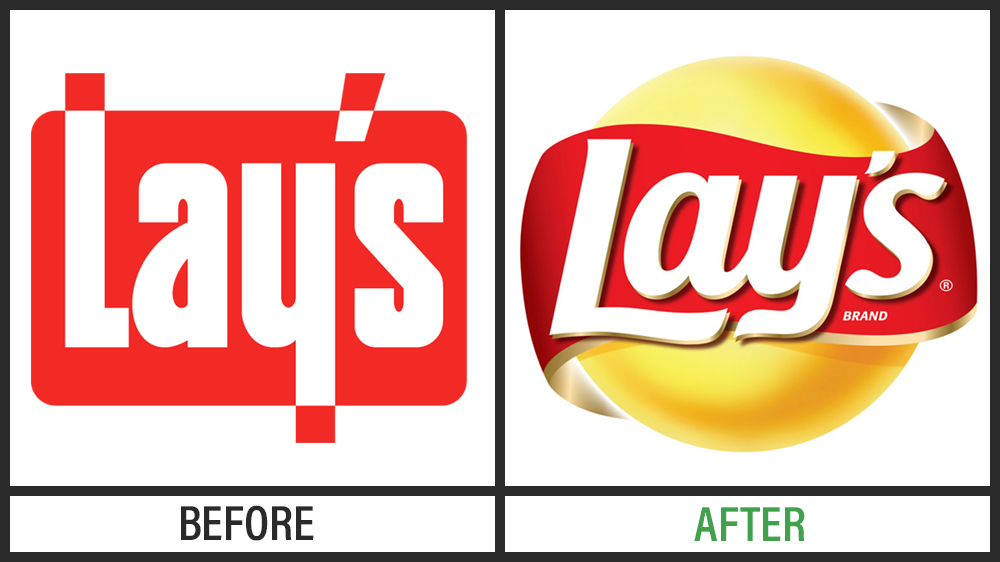

Once you have your logo and your logo colors dialed in, you will need to make sure that you keep them consistent everywhere that you advertise. This includes your website, your packaging, your social media channels, and anywhere else you advertise. For example, if your logo is purple, black, and white, then you will need to use purple, black, and white in all of your marketing channels. You can use other colors in addition to your logo colors as long as they blend well with those colors.
Does this make sense? If not, let’s take a look at some examples.
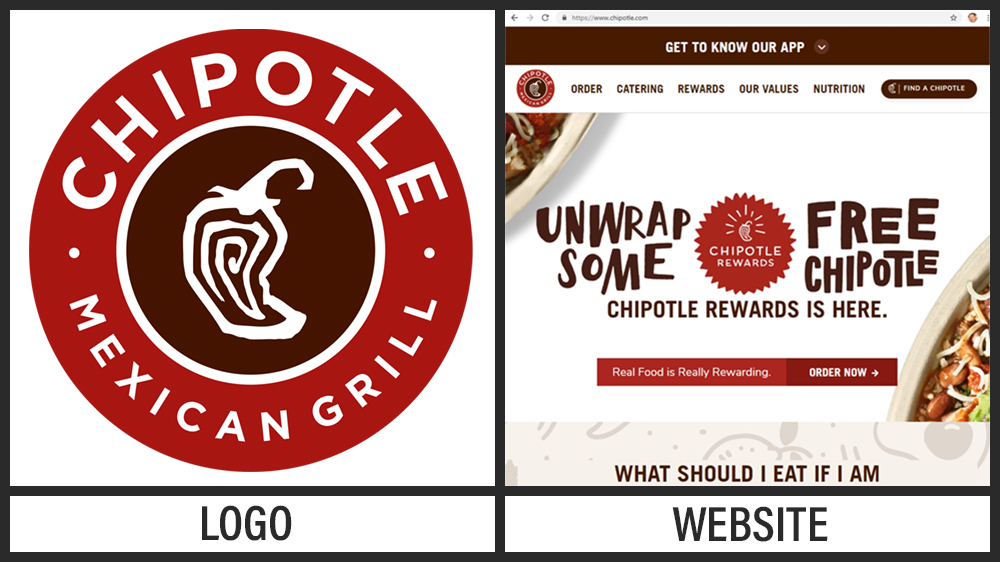
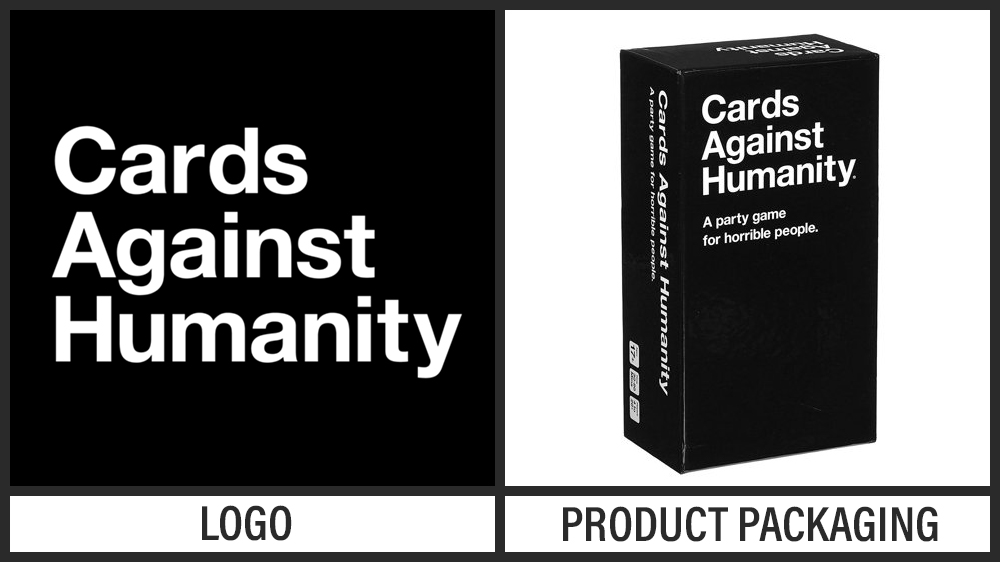
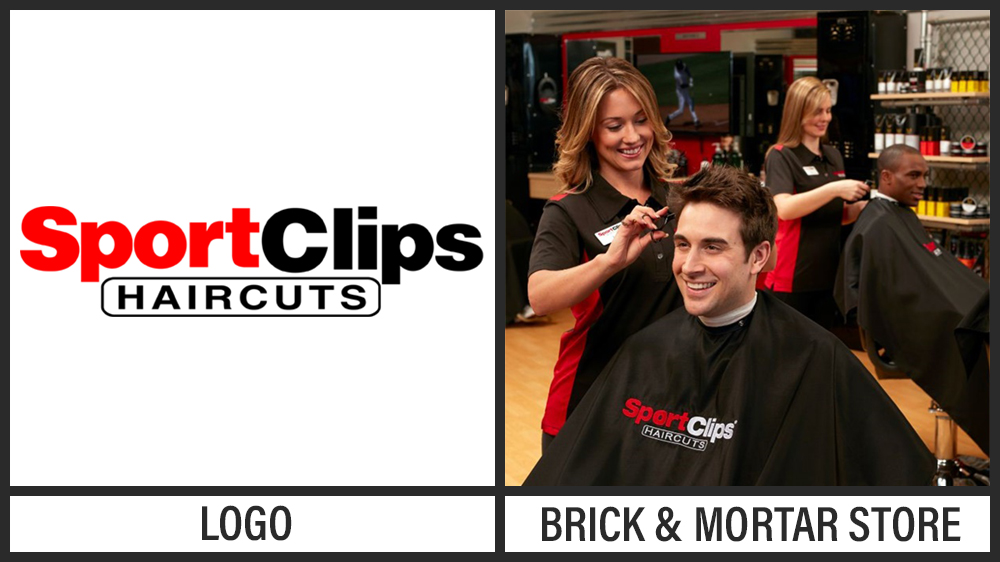
As you can see, your branding starts with your logo and your logo colors. It’s important to get your logo and your colors right before investing any time or money into anything else. Your logo colors and color combinations become part of who you are and it’s very important that you keep these colors consistent throughout ALL of your marketing and advertising efforts.
COPYWRITING
Copywriting – is both the art and the science of writing copy (content) so that it engages with your target audience and eventually results in a sale for the service and/or product that you are selling. Every business is selling something and it takes clear and convincing communication in order to sell that something and it all starts with your copy.
Writing good copy is arguably the toughest part of any marketing and advertising campaign because there are so many variables associated with writing effective copy. Copywriting is also mostly subjective biased as well too! There is the art part of it where your copy needs to be creative so that your copy doesn’t read like stereo instructions and there is the science part of it where your copy brings you a reader that eventually becomes a customer after reading your carefully planned content. Let’s break this down a little further so that it makes sense.
There are a lot of artistic challenges required for writing copy that engages. You need to know your audience, your business, your competition, your service, and your product. You also need to know yourself. Write creatively and acknowledge the following in your writing:
YOUR AUDIENCE – the most important element of copywriting is to know your audience and write directly to your audience, not the general public. Having specific language and content that is directed to your targeted audience will increase the chances of engagement which will also increase the chances of turning your reader into a customer. For example, if you own a barbershop that specializes in haircuts & grooming services for men, then all of your content needs to focus on men, men’s haircuts, and men’s grooming. You wouldn’t want to distract your reader with the occasional women’s or children’s haircut that you could also provide. Own your niche, stick to your niche, and own your audience.
YOUR BUSINESS – when you’re writing your copy about your business, make sure that you let your readers know about you, your business, your story, and/or your history. To engage with your reader, he or she needs to be reminded that you’re real people and not just some corporate robot trying to push products or services down their throat. A good “about us” page on your website or an “our story” paragraph on your product helps humanize the whole customer experience.
YOUR COMPETITION – we aren’t believers in bashing your competition even though some companies do this. However, we do believe that your copy needs to explain why your reader should choose you over your competition. This is something you will have to reflect hard on before you start writing this type of copy. Is customer service what separates you from your competition? If so, write about it. Is your product and/or service better than the competition? If so, why? No matter what you do, be truthful. There are too many slick salespeople not practicing what they preach and those types of practices don’t work out for long in this day and age.
YOUR SERVICES – what exactly does your business offer? This sounds like a simple question, but it’s more introspective than most people think. If you’re in the heating and air conditioning business (HVAC) then you offer your customers a comfortable living via consistent temperatures. In other words, you’re not just selling them HVAC equipment, you’re selling them comfort. If you’re in the bar business, then you offer your customers a way of escaping reality temporarily by drinking a few beers and having a good time socially. You’re not just selling them beer because they can go pick up a 6-pack at their local gas station. You’re selling them the experience. Whoa…we went a little too deep there. However, I think you know what I’m are talking about. Make sure that when you’re writing your copy about the services that you sell, that you write about the answers that your services provide for your customers. Make sense?
YOUR PRODUCTS – if your business sells products, then the copy for your products need to convince your reader that your product will solve their problem. For example, if you are in the lawn game business, are you really selling a game or are you selling them a way for them to have a good time while outside? If you guessed selling them a way for them to have a good time outside, then you’re correct because that is the main reason why they would buy your game in the first place. If you sell clothing, are you selling them a baseball cap that will keep the sun out of their eyes, or are you selling them a baseball cap that makes them look good? Technically it could be both, but the main reason would most likely be because the baseball cap will make them look good. When selling a product, you want to sell solutions that your product will provide so make sure that your copy reflects this.
Now that you know about the art side of the creative writing process, let’s talk about the science side of it.
KISS (Keep It Simple Stupid) – your reader’s attention span is most likely short, so you don’t want to overcomplicate your copy. You should also keep your copy as short and to the point as possible as well. This goes for all marketing and advertising mediums except for blogging. Well, you want your blogging to stay on point, but you don’t necessarily want your blog posts to be short. Why? Because search engines LOVE copy and having many blog posts of decent length will help with your search engine rankings. You can learn more about this on our Search Engine Optimization (SEO) page. Other than blogging, short, sweet, and to the point is a good rule of thumb for copywriting.
WIN-WINS – if there is a way to create win-win scenarios in your writing, go ahead and give it a go. One method would be to write so that your audience learns or generates value from your content. For example, if you’re a plumber, write a blog post on how to unclog a sink drain easily with vinegar. Your customer learns something new and you get branding value for teaching that customer something useful. That’s a win-win for your reader and you!
SEARCH ENGINE FRIENDLINESS – it’s also important to write your content while keeping search engines in mind as well. However, please keep in mind that your content should always target your audience first and then target search engines. How do you do this? Use keywords that you want to be found in your website’s copy. However, make sure that you don’t unnecessarily stuff your content with keywords over and over, or else you might get penalized in search engines for keyword stuffing which you obviously do not want. You can learn more about this on the Search Engine Optimization (SEO) page.
PROTECT YOURSELF – make sure that your content is 100% yours or else you will run into copyright issues. Don’t confuse copywriting with copyrighting. Copywriting is creating original content through your writings. Copyrighting is the rights that you own to your copy. If you copy content from someone else, you could get into big trouble with a copyright or plagiarism lawsuit. In other words, protect yourself by making sure that your content is 100% original.
PROOFREADING – if a potential customer of yours starts reading anything you or your business wrote and it’s filled with grammatical errors or your wording just doesn’t make sense, your business is going to suffer. You want your writing to reflect your business’ service and/or product so make sure you proofread your content before releasing it and also have others proofread your content just in case. We recommend using the service Grammarly to help with this. It’s not 100% accurate, but it does a pretty damn good job!
CALL TO ACTION – we saved the most important for last. When writing content, make sure that you create a call to action on all of your marketing and advertising mediums. For example, when you’re writing content for your website, make sure you prominently place your contact information (phone number, contact form, etc) on every page in order to increase the chances that your website visitor will contact you. If you’re writing content for your e-commerce store, make sure you offer a limited-time offer/promotion code that is only available for a specific amount of time to increase the chances of your visitor purchasing from you. If you’re writing content for your restaurant’s menu, make sure that you offer daily specials or happy hour information to your customers so that want to come back again at a later time for more specials. There are tons of other call-to-action examples, but you get the idea.

Drew Restivo
Founder at HiredMarketing.com
We would LOVE the opportunity to help you professionalize your branding for your business and your products. This is one of the many reasons why we created HiredMarketing.com because we want to be your product marketing hired hand when you need help. We work on demand, so we can do as little or as much as you need us to. We work on a monthly retainer model so you get to determine how many hours we work on your product marketing projects each month, so you never have to worry about going over your marketing budget. The days of having to hire and train in-house employees for individual marketing tasks are gone. You hire us and we will use our own proven product marketing specialists to carry out your product marketing tasks efficiently, effectively, and within budget.
If you have questions or if you’re interested in learning more, let’s talk.
If you’re the type of person that needs more data before you want to talk to us, then let us conduct a FREE (for those that qualify) Product Marketing Game Plan (PMGP) on your business and products to show you which product marketing strategies you should be implementing to increase your product sales. For your free Product Market Game Plan (PMGP), click here.
If you want to know our transparent pricing options or if you are ready to hire a hand to help you market your products and increase your product sales, then go ahead and click here.
